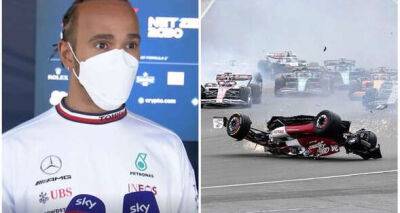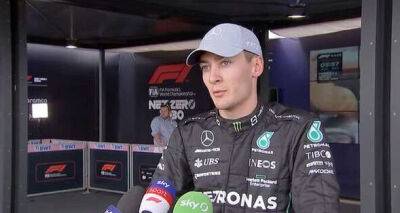FIA holds fire on F1 porpoising rules, abandons second stay
Ahead of the Canadian Grand Prix, the FIA issued a technical directive (TD) to teams announcing its intention to help limit the amount cars were bouncing because of concerns about driver safety.
The governing body wanted to create an Aerodynamic Oscillation Metric (AOM), that would help define a limit that cars would be allowed to bounce up and down.
Once the metric had been put in place, then any team that exceeded the limit would be forced to raise their rideheight to reduce the porpoising phenomenon.
Any outfit that refused to comply with the requirements and whose car continued to bounce risked being excluded from a grand prix event because its challenger would be deemed to be a ‘dangerous construction’.
The FIA began its data gathering exercise at the Canadian GP, using an in-car accelerometer to try to gather a better understanding of how cars were behaving.
Following analysis of the data from Montreal, and discussions since then with technical directors about the situation, it is understood that the FIA wants more data before taking action.
That means for this weekend’s British GP at least, the metric is not in place and F1 teams will remain free to run their cars how they wish.
Lewis Hamilton, Mercedes W13
Photo by: Andrew Ferraro / Motorsport Images
One of the more controversial aspects of the pre-Canada TD was the green light that was given to teams to add a second stay and strengthen their floor.
This triggered complaints from some teams that this was a breach of FIA protocols, as TDs do not have the authority to change the regulations.
Furthermore, the way Mercedes was so quickly able to add a second stay for Friday practice in Canada prompted concerns that the German manufacturer had some advance notice






